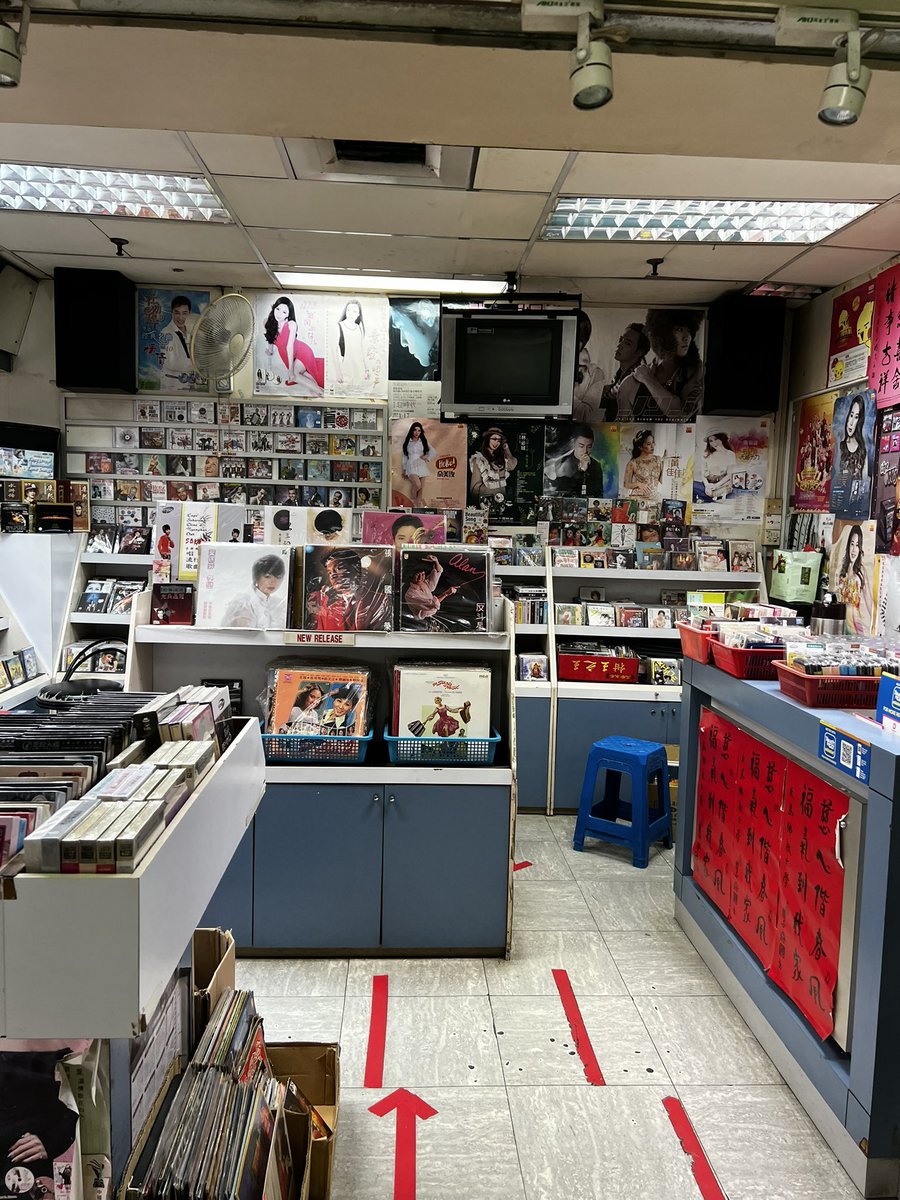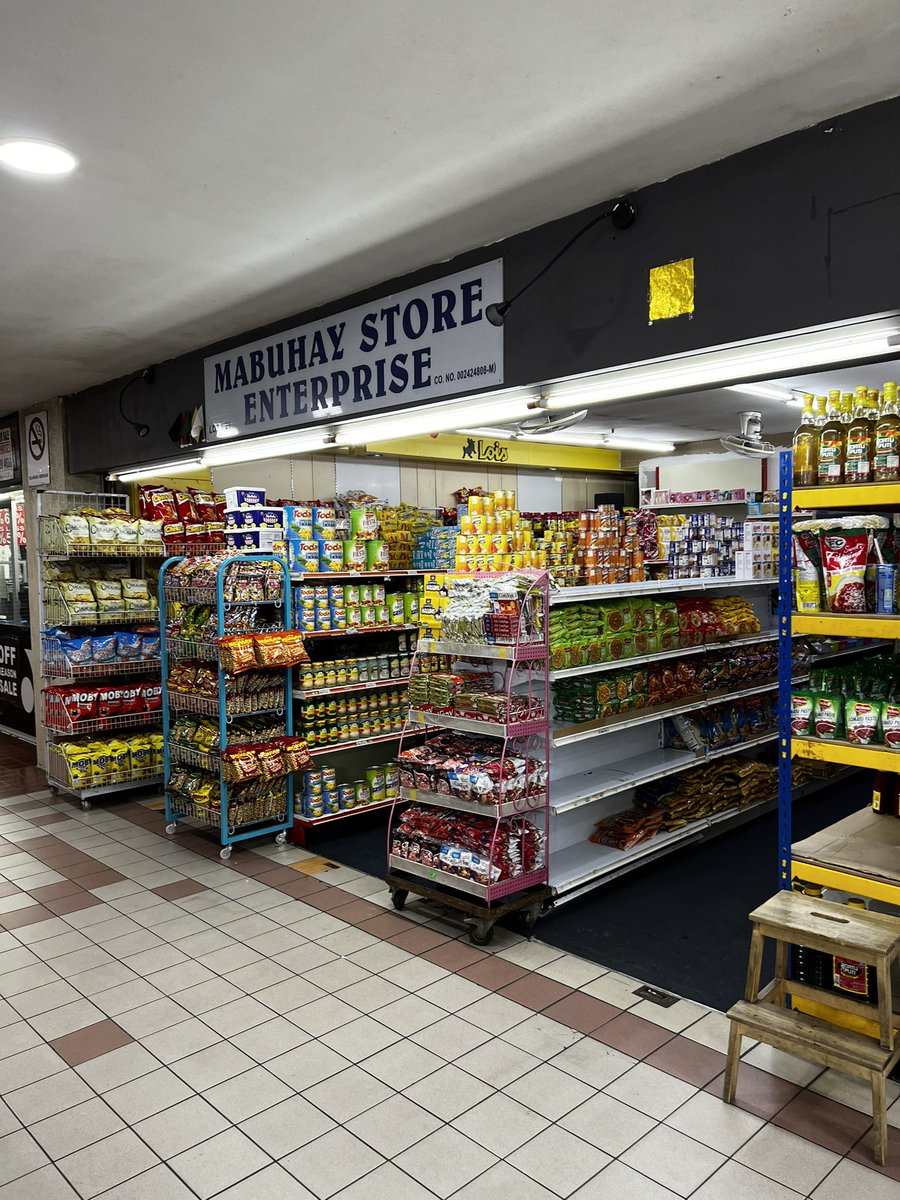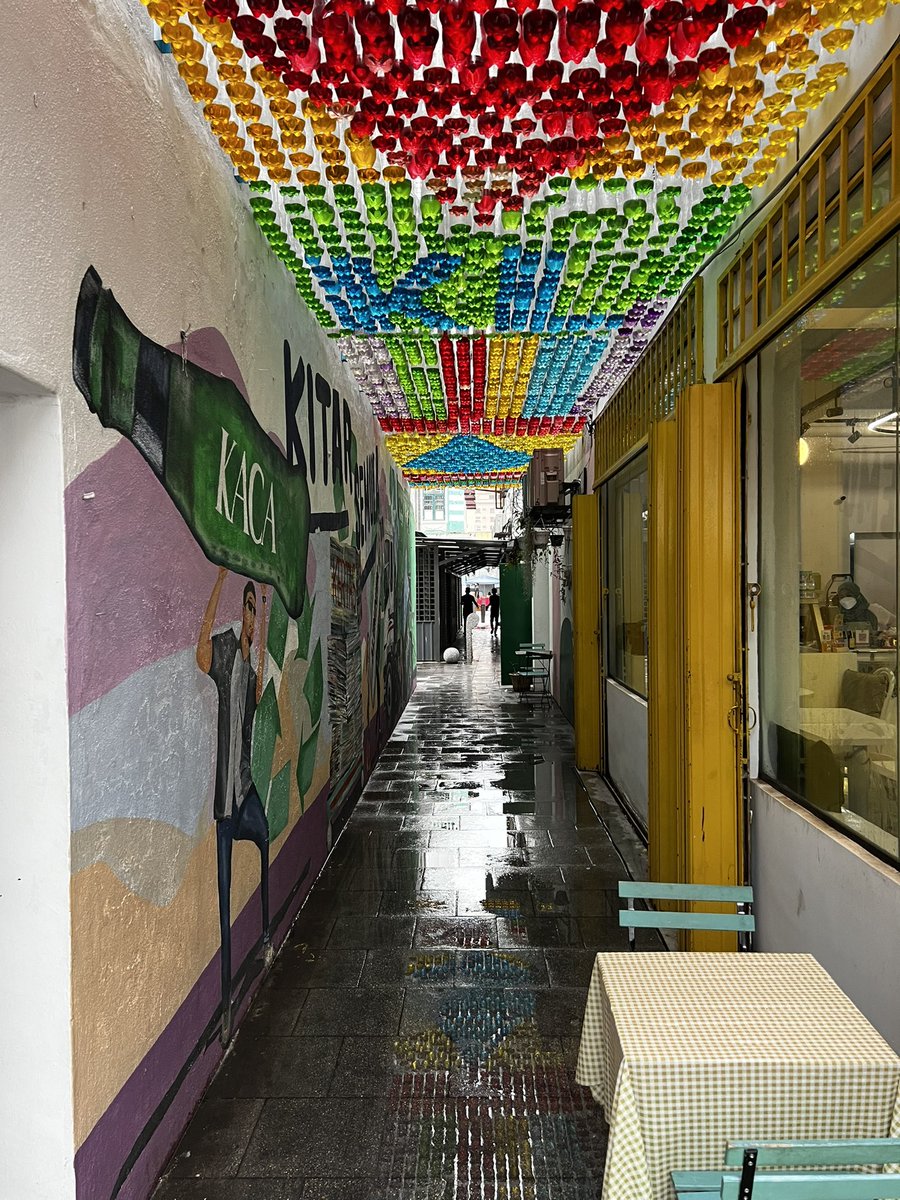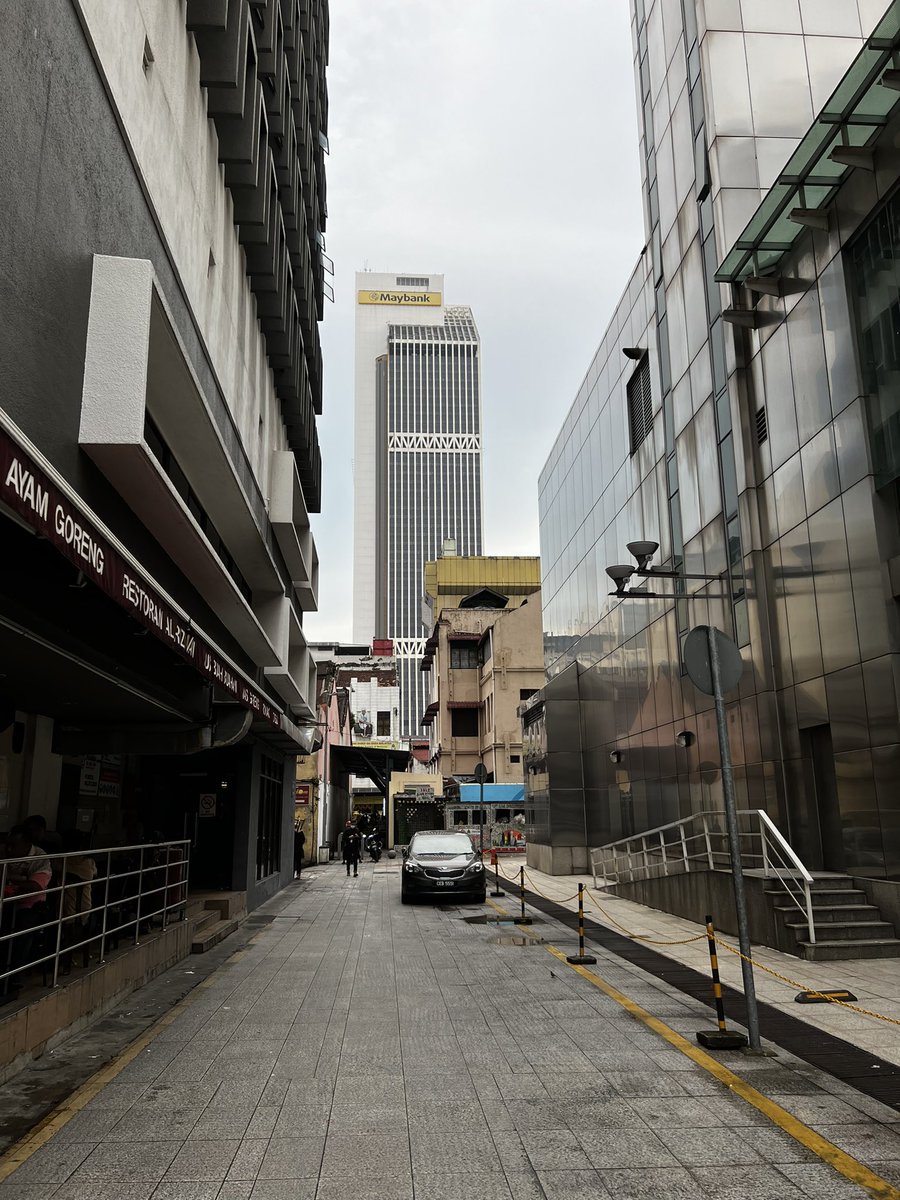Came to REXKL today for coffee…this place is certainly much more pleasant and fun to explore on a weekday.
Also stumbled upon some interesting graffitis here. Come here to see them yourself.

Also stumbled upon some interesting graffitis here. Come here to see them yourself.


Urban rejuvenation underway, but the old school fruit sellers are still there. Many new cafes, but not all are excellent, so be sure to check the reviews! 



Had a lovely spread at Palmierra, a new Malay restaurant located right across the road from Four Points. Delicious.
The kek batik has the texture that I like; gummy. Must try the asam pedas fish too.



The kek batik has the texture that I like; gummy. Must try the asam pedas fish too.




This bakery at the Four Points building (occupies the ground floor facing ChoCha) really takes minimalism to the next level. 

Glimpses of post-Merdeka #Brutalism in KL. 



Continued the Chinatown adventure today; stumbled upon an old record store that boasts a stellar collection of Golden Era Cantopop records; Leslie Cheung etcetc. 







Else KL, a new boutique hotel that took over the formerly derelict Lee Rubber Building.
Exquisitely decorated inside, art deco style.

Exquisitely decorated inside, art deco style.


• • •
Missing some Tweet in this thread? You can try to
force a refresh















